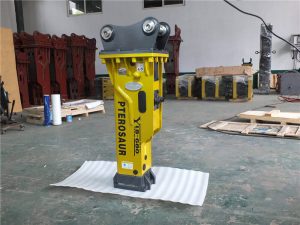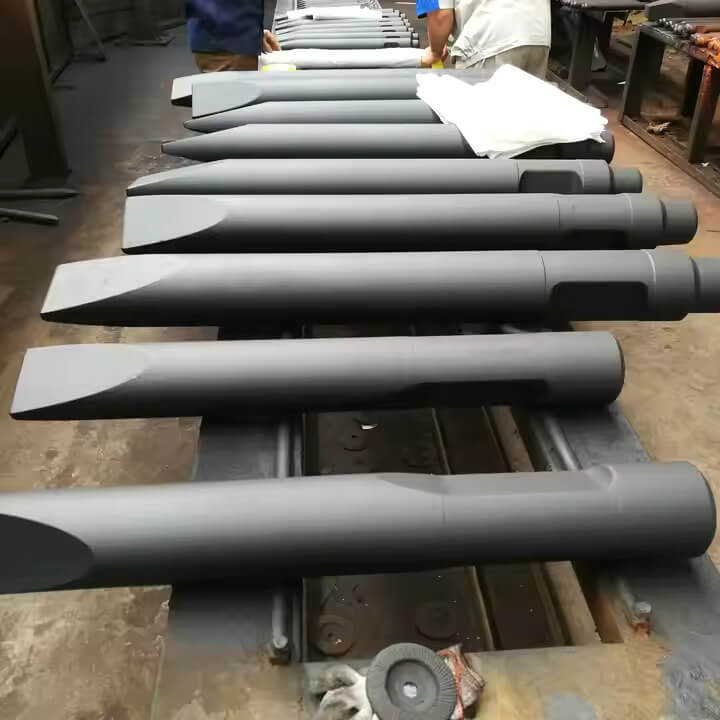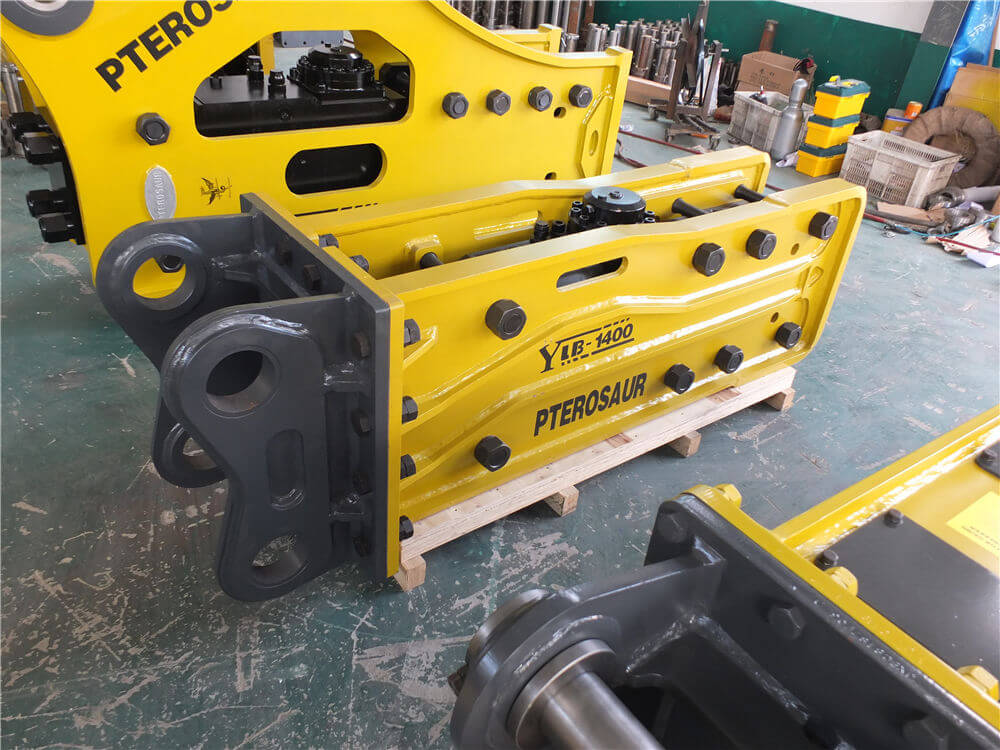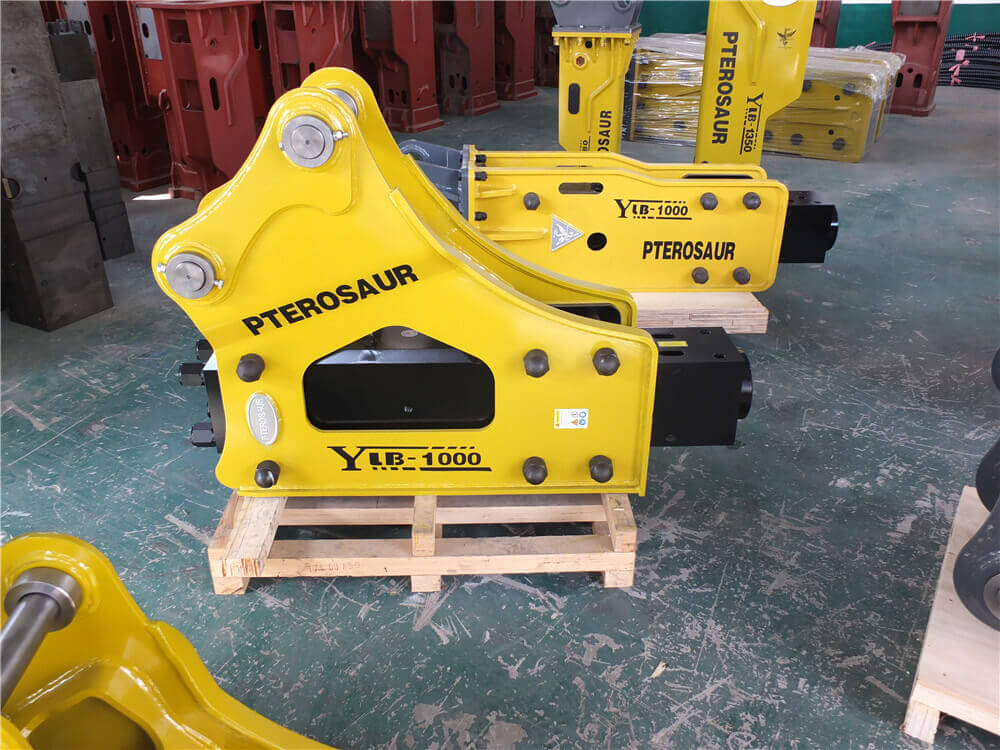Understanding Excavator Hammer Chisels: Types, Selection, and Operation
Excavators are essential tools in construction, demolition, and mining industries, and their efficiency is significantly influenced by the type of hammer chisel used. This article provides a comprehensive overview of hydraulic breaker chisels, their types, how to select the right one, and operational guidelines.
What is an Excavator Hammer Chisel?
An excavator hammer chisel is a specialized tool used with hydraulic breakers (or hammers) that attach to excavators. These chisels are designed to break down materials like concrete, rock, and asphalt. The effectiveness of hydraulic hammers depends heavily on the chisel selected, as each type serves a specific purpose.
Types of Hydraulic Breaker Chisels
There are various types of chisels available for hydraulic breakers, each tailored for specific applications:
- Moil Point Chisels: Ideal for breaking hard stones and reinforced concrete, these chisels have a pointed tip that allows for penetrating tough materials.
- Blunt Tools: Used mainly for demolition work, blunt chisels are effective for general-purpose breaking.
- Flat Chisels: These are suitable for soft and neutral layer rocks, making them perfect for excavation and surface leveling.
- Wedge Chisels: Similar to flat chisels but designed to split materials, making them useful in certain types of demolition tasks.
Selecting the Right Chisel
Choosing the correct chisel for your excavator’s hydraulic hammer is crucial. Here are some factors to consider:
- Material Type: Understand the hardness and density of the material you will be working on. This influences the chisel selection; for instance, harder materials require moil point chisels.
- Chisel Size: The dimensions of the chisel must match the specifications of the hydraulic breaker. Popular sizes include 6-inch chisels for CAT 330 hammers and 6.5-inch chisels for CAT 336 hammers.
- Operating Conditions: Consider the environment and working conditions. Some chisels are designed to withstand extreme conditions, while others may not be as durable.
Installation and Operation Guidelines
When operating hydraulic hammers and chisels, proper installation and daily maintenance are vital for optimal performance and longevity. Here are the steps to follow:
- Installation: Begin by removing the stop pin and the chisel pin. Insert the chisel into the pin while ensuring that it is in a level position.
- Operating Direction: Familiarize yourself with the right operating direction for the chisel. Incorrect positioning can lead to inefficiency and excessive wear.
- Daily Maintenance: Regularly check for wear on the chisel tip and replace it as needed. Ensure that the inner and outer bushes are replaced, and lubricate as required to prevent damage.
Conclusion
Hydraulic breaker chisels are critical to enhancing the efficiency of excavators in various applications, from construction to mining. By understanding the different types of chisels available, how to select the appropriate one, and following proper installation and maintenance practices, operators can significantly improve their productivity and the lifespan of their equipment. Whether you are using a CAT 330 or CAT 336 hydraulic breaker, the right chisel can make all the difference in achieving high-quality results.



































